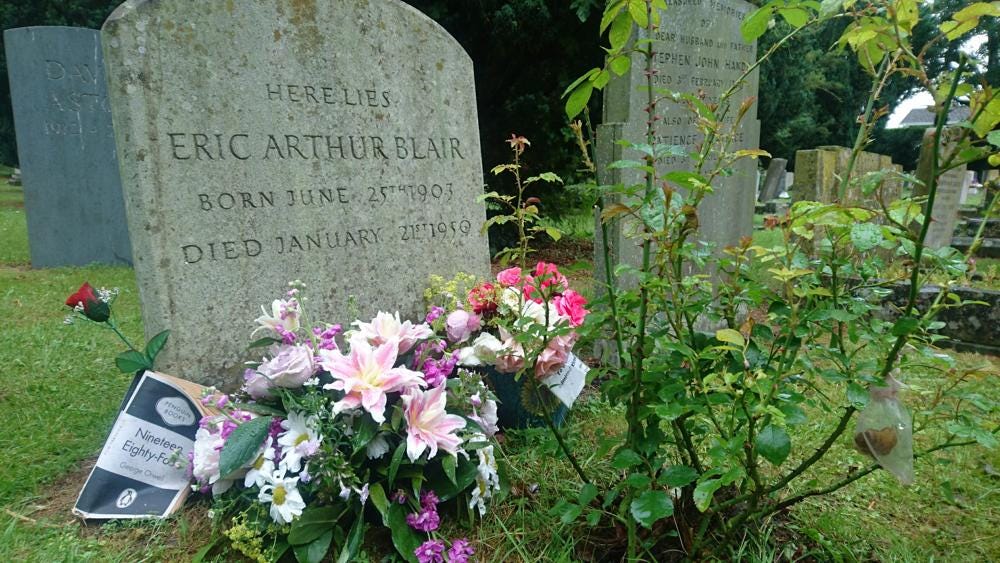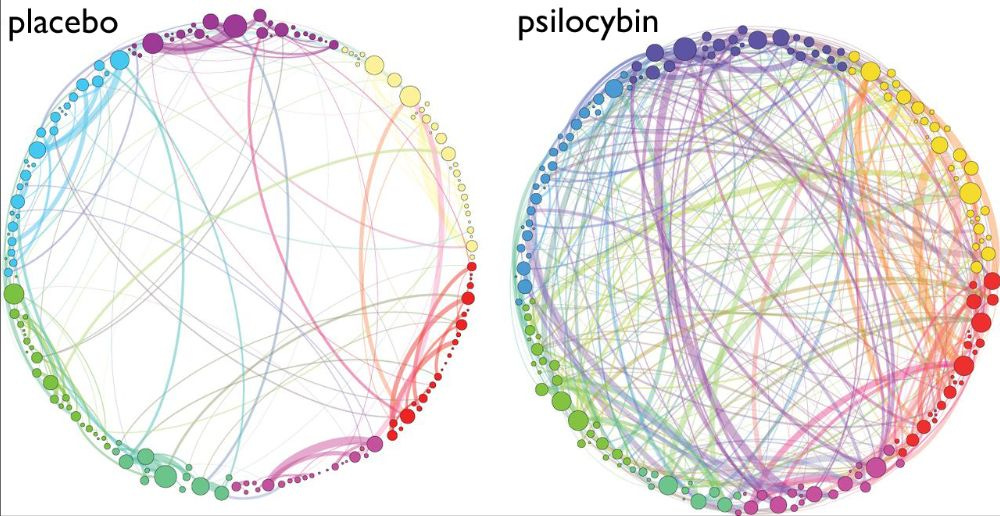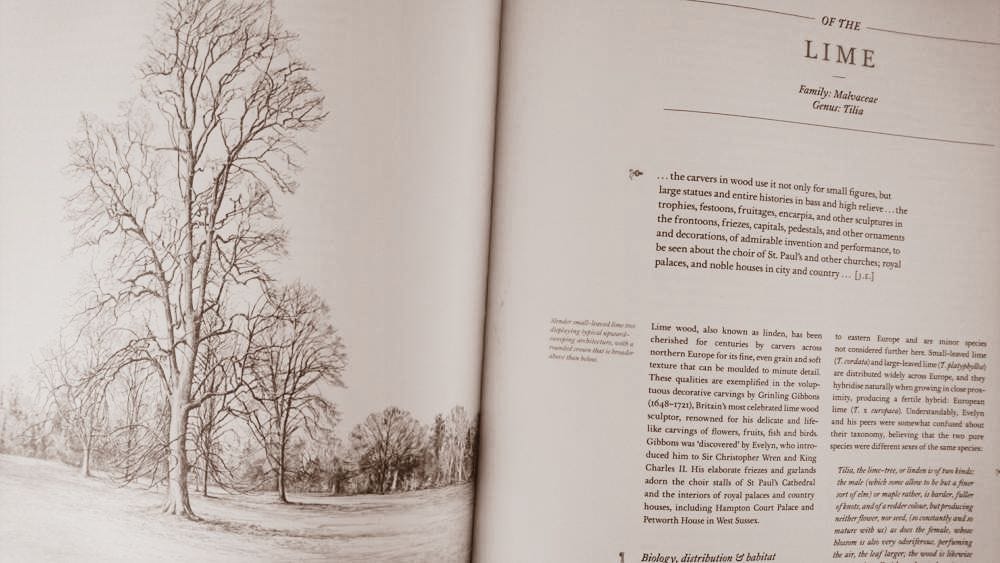Love Trails and Limes

Happy Friday!
This time next week, I'll be sunning* myself on the Gower, enjoying a moment's relaxation after giving my talk at the Love Trails running festival.
The talk is on the subject of microdosing psychedelics and, topically enough, running. So far, so controversial.
I'm not sure how many people will be squeezing themselves into the Átjan Tipi at 6pm next Thursday, but I am sure that the organisers and myself agreed that 20-25 minutes was plenty for my first public speaking engagement.
I've got enough on my plate trying to write a sitcom episode for NAME REDACTED, while juggling two blog posts on Ethiopian dry forests and my work for The Bike Project, as well as planning my summer of Thighs of Steel. I really don't have time to plan much more than a quick run through my experiences of both microdosing and running.
So imagine my untrammelled joy when I received an email from the Love Trails organisers this morning stating that I shall be speaking for an hour.
AN HOUR??!?
With slides.
WITH SLIDES???!
Needless to say, I won't be. However, I did think I should take this opportunity, seeing as I've got you right here, to sketch out the skeleton of my talk.
Pay attention because there will be questions :D
~
1. Introduce myself and acknowledge that this is a batshit crazy topic to be talking about. Explain that I shall be talking about psychedelics, microdosing, running and how they might interact. Expect my personal experience, a little science, and a miniscule amount of legal business.
2. Start with the legal business. Everything I will talk about is, outside the strict environment of the laboratory, extremely illegal. Like 10 years in prison illegal. Having said that, drug prosecutions are a reasonably low policing priority, so... Go to Amsterdam, like I did, or take your chances, like so many people do.
3. Move on to my personal experience of what we call 'drugs'. I grew up in a very drug-negative environment. If it was illegal, it was dangerous. Then I was diagnosed with an underactive thyroid and started taking 'drugs' every day to keep me alive. Almost overnight, my personality transformed to the point where a good friend started calling my levothyroxine my 'charisma pills'. Everything is psychoactive, from the coffee you had this morning to the alcohol you're drinking tonight and everything in between, including all the food you've eaten and the air you breathe. But of course that's not how we're brought up.
4. In fact, classical psychedelics - mushrooms, LSD, mescaline - are remarkably safe to humans. This should be obvious: we've been taking them for ages. A shaman's pouch was recently found in Bolivia that scientists have dated at a thousand years old. Ancient Greeks and Romans almost certainly took psychedelics as part of their oracle rituals, likewise the druids of Ancient Britain.

SLIDE 1: My favourite graph of all time showing the results of a study by David Nutt into the relative harm of various different psychoactive drugs. That's alcohol on the far left, and the classical psychedelics on the far right.
5. Hopefully by this point I've convinced most people that I'm not insane and we can move on to the possible reasons why we might like to take a psychedelic. This is where SCIENCE comes in.
Psychedelics have been shown to increase personality traits such as 'openness' and 'nature-relatedness'. Promising trials are showing that psychedelics can be used to treat depression and addiction.
Psychedelics are consistently linked to better care of yourself, eating better, sleeping better, exercising more frequently.
And of course psychedelics can occasion mystical-type experiences, enhance meaning and cause flashing insight into intractable problems.

SLIDE 2: A colourful brain imaging representation of neural connections while under placebo and under psilocybin, the active component of magic mushrooms. Based on the work of Robin Carhart-Harris et al.
6. So, hang on, doesn't this sound a lot like the reasons why we run? We run to get outside and connect with nature. When we run the troubles of the world often disappear. We get a runners high, sometimes ecstatic, sometimes quasi-mystical moments of flashing insight.
Some people run because they have been prescribed physical exercise to ease symptoms of depression or addiction. Runners take better care of their bodies, eat better, sleep better. There is much to suggest that perhaps there is a promising line to be drawn between psychedelics and running.
7. But not - of course - while tripping balls. If there is a partnership to be forged between running and psychedelics it's in the taking of tiny, tiny doses - what we call microdoses. These are sub-perceptual, so no visions, no moving staircases, no full blown trips.
What do they do, then?
The answer to that is we don't really know, not in any systematic scientific way. But the weight of human experience, including mine, is that they have the same results of a macro-dose, but dialled waaaaay down. You feel a slight opening of the doors of perception, it's slightly easier to connect to other people and your environment, ideas seem to come more easily, and you feel slightly more at one with nature.
9. So that's about it. At the moment, nothing more than an interesting line of enquiry, perhaps for self-experimentation. But only, of course, in Amsterdam.
~
So, dear reader, what do you think of that little lot? Is there anything that I'm missing? If you're into running, what would you like to know about microdosing psychedelics?
Thank you for reading - and thank you for any suggestions!
If you like this sort of thing, then you'll probably also like my back catalogue of over 500 posts, all found at davidcharles.info.
TREES TREES TREES

On Monday, I was given this ridiculously good-looking book as a birthday present. On Tuesday, I spotted a line of limes politely shielding All Saints graveyard from the impertinence of neighbours.
And so I began to turn the pages...
The book is a twenty-first century update of John Evelyn's Sylva, a comprehensive ledger of Britain's trees published in 1664.
Evelyn had this to say about the lime tree:
the carvers in wood use it ... for the trophies, festoons, fruitages, encarpia, and other sculptures in the frontoons, friezes, capitals, pedestals, and other ornaments and decorations, of admirable invention and performance, to be seen about the choir of St Paul's
Four words that I don't understand, and one not even known by the Oxford English Dictionary.
The New Sylva adds the following:
Limes are among the few insect-pollinated trees in Britain and do not flower until June or July. ... Planting of small-leaved lime is greatly encouraged by those seeking to increase biodiversity in woodlands. Lime seeds have no invertebrate predators, and the ripe fruits are eaten by birds, mice and voles.

I've published 5 books, including stories of hitch-hiking from London to Ben Nevis, and cycling 4,110 miles around Britain. Visit my tiny book shop.
The ebooks are Pay What You Want, so you choose the price tag. Can't say fairer than that.
This is a weekend for long-awaited reunions. First I'm recording a short audio play for an old friend I haven't seen in far too long. Then more reunions on the sundown South Bank with friends I made in Primary School, if not before.
Then, of course, there will be much, much more Foiled. And Ethiopian dry forests.
Much love, - dc

CREDITS
David Charles wrote this newsletter. David is co-writer of BBC Radio sitcom Foiled, and also writes for The Bike Project, Forests News, Elevate and Thighs of Steel. Reply to this email, or read more at davidcharles.info.


